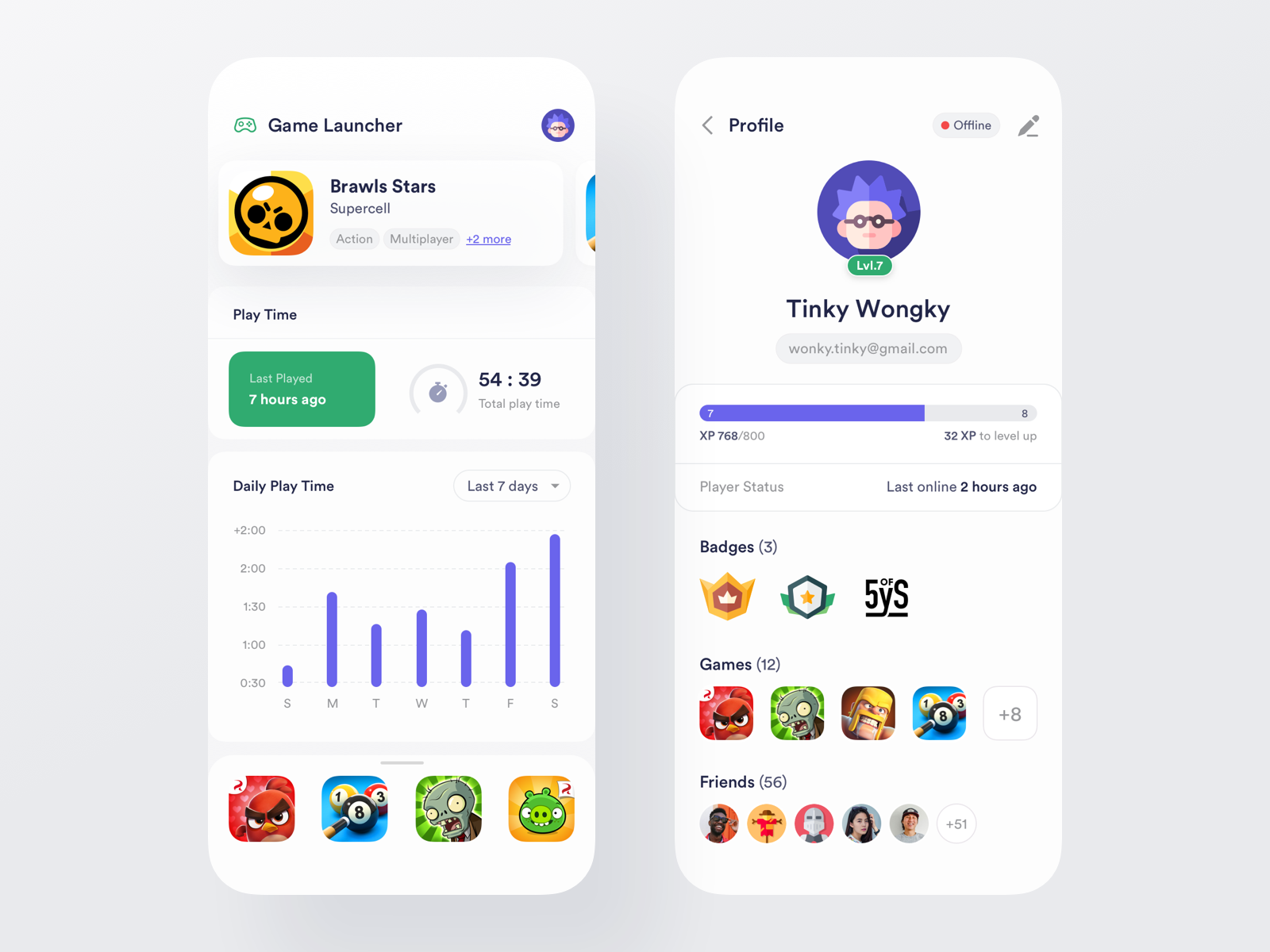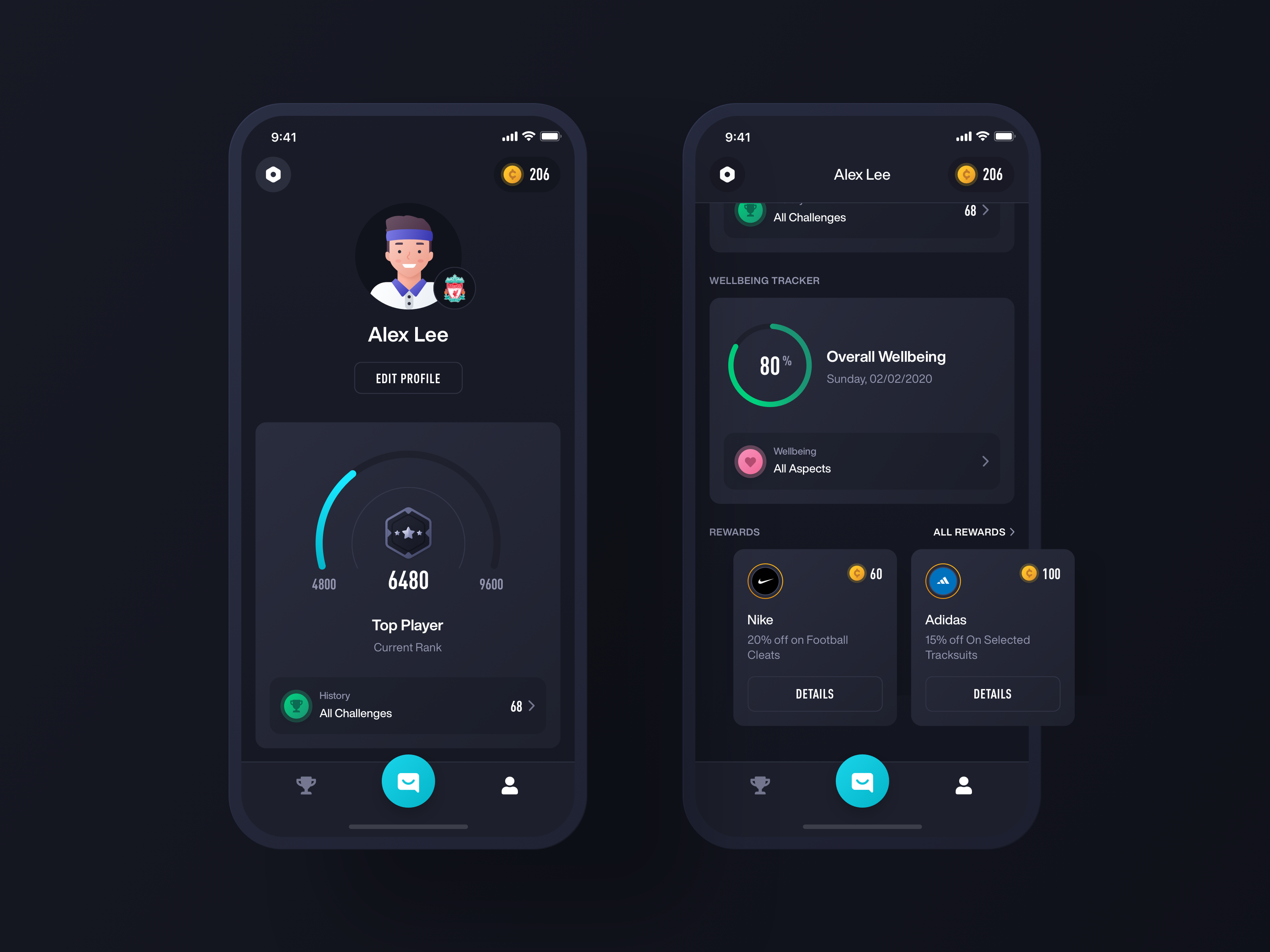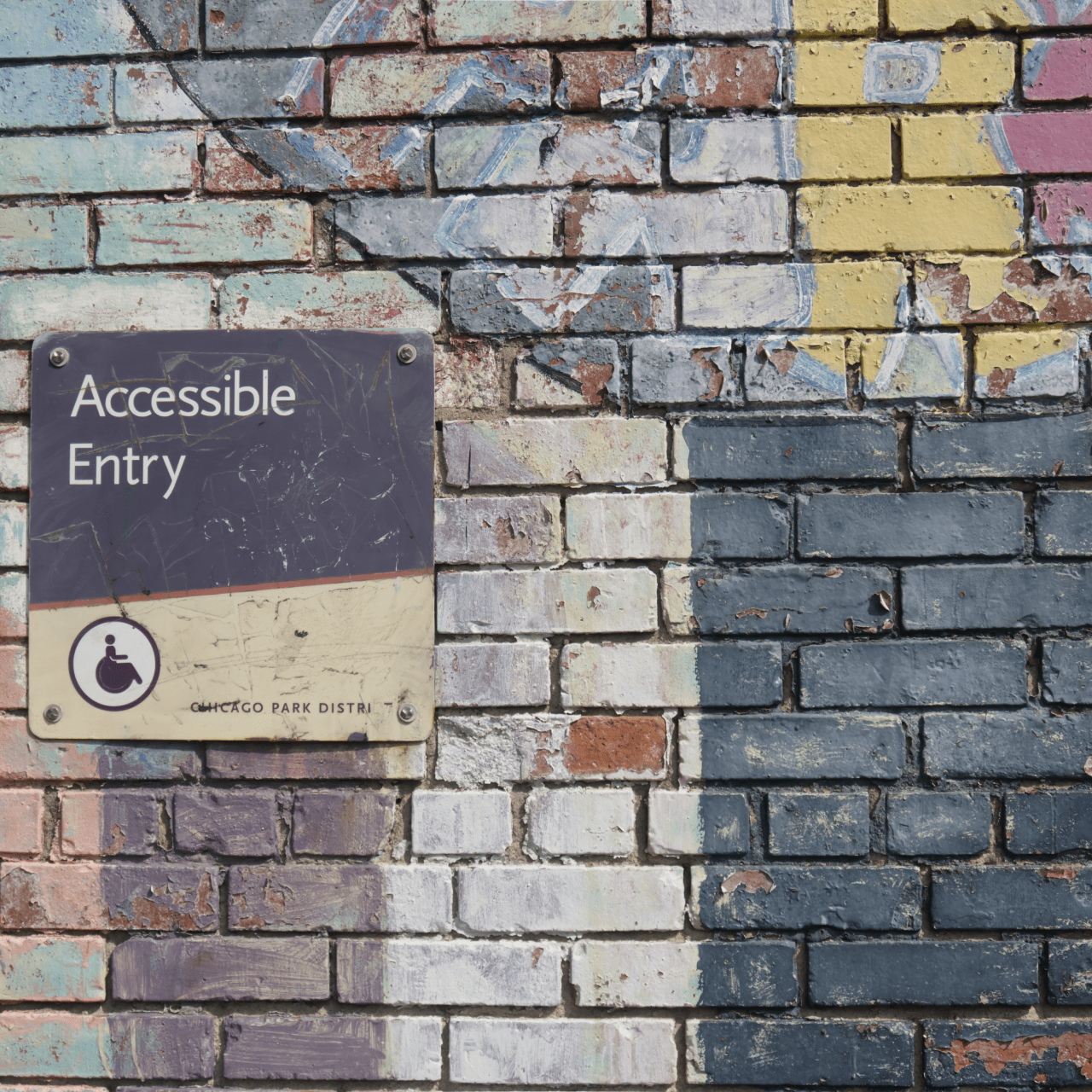Nowadays creating engaging online learning experiences is no easy task, Gamification plays a vital role in this part, one of the most powerful game mechanics is Experience Points.
If you’ve played any role-playing games or board games then you’ve undoubtedly familiar with experience points.
In our previous article we looked at How Badges can increase User Engagement. In this article, we will go a bit deep to look at how things work when implementing Experience Points.

What Are Experience Points (XP)?
In most games, Experience Points act as a measure of how well the player is going to reach certain levels of the game.
There are some concepts which are linked with Experience Points
Difficulty Weighting: Overcoming obstacles helps us to earn XP. But there’s more to it than that. After all, we get more Experience Points for overcoming tougher challenges. This helps us to understand the level of difficulty associated with each task. This kind of pre-emptive feedback is a useful tool for driving decision-making.
Compound Interest: Another important quality of XP is its cumulative nature. It builds over time. In other words, it won’t disappear after you’ve obtained it. As you complete tasks, your XP tally will grow. Without this quality, collecting Experience Points wouldn’t be half as addictive. It also makes the next characteristic possible.
Levelling Up: Experience points and levels often have a direct relationship. Typically, each level will have an associated XP target. Once the user hits this target, they’ll level up. They’ll then be set a new target. This is a great way to mark your progress.
Limiting Access: Experience points can also be used to limit access to certain areas of the game world. For instance, you may need to have a certain number of points (or be a certain level) in order to access new content. This is useful for breaking up the user journey and controlling the difficulty of available tasks.
Cashing In: Experience points are a unit of measurement. In this sense, they have a set value. This means they can be traded in for other items. In role-playing games, you might trade your XP for items or new skills. In learning and development, you could trade your Experience Points for real rewards.

How to Use Experience Points to Engage Learners
However, just game mechanics are not a solution. You can’t add XP to your learning system and expect instant engagement from your learners.
1. Motivate Progression Through Training Content
Experience points are a unit of measurement. This means they hold value. As a result, they can be used to direct your learners and incentivise the right kind of activity.
You should use this motivational force to drive progress through your online learning environment. As a result, your training content becomes the equivalent of a quest objective in a video game.
2. Encourage Interaction in Your Learning Environment
Adding XP to your content is a good start.
As an admin, you can decide which behaviours you want to encourage, reward and celebrate. For instance, you could:
- Offer newbies a warm welcome with 10XP for logging in for the first time.
- Provide XP for exploring other areas of the platform.
- Or reward XP based on repeat activities (for instance, downloading 10 documents).
This will encourage your learners to explore and deepen their engagement.
3. Social Activity
If your learning system includes social features then why not use XP to encourage activity? For example, you could offer:
- 5XP for every ‘Like’.
- 10XP for every ‘Reply’.
- And 15XP for each unique ‘Post’.
4. Identify Engagement Patterns
you can use XP to identify who’s interacting with your LMS and who isn’t. Those with high point totals are your top performers. Those with lower scores may need more support or encouragement. Consider this an engagement red flag.
5. Provide Real-World Rewards
Experience points help to generate good motivation. This is the kind of motivation that comes from within. It’s linked to self-actualisation, a sense of competence and task accomplishment. After all, XP is a clear marker of our progress.
To do this, you could allow your learners to trade the XP they’ve earned for real-world rewards.
- Lunch with the CEO
- A ‘day off’ pass
- Gift vouchers
- A charitable donation
- Expert status on the platform
Conclusion
We’ve seen how they can encourage formal and informal learning experiences. We’ve learnt the importance of consistent XP weighting. We know that Experience Points can be used to monitor engagement. And we’ve also seen that they can be traded in for real-world rewards.








